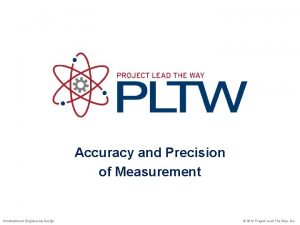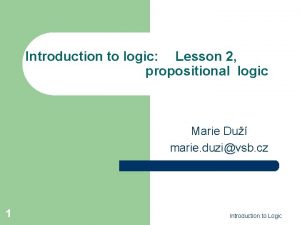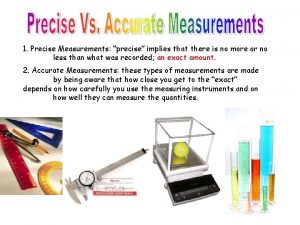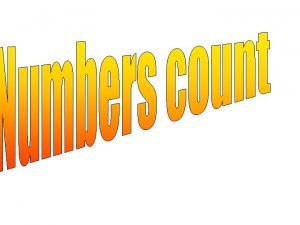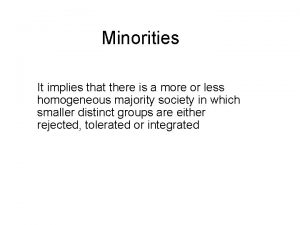Precise Measurements precise implies that there is no












- Slides: 12

Precise Measurements: “precise” implies that there is no more or no less than what was recorded; and exact amount. Accurate Measurements: these types of measurements are made by being aware that how close you get to the “exact” depends on how carefully you use the measuring instruments and on how well they can measure the quantities.

Digit In early times parts of the body served as units of length. Span Palm Cubit

Inch Foot

Fathom Yard

Measurements Based on Body Parts Cubit – from the tip of the middle finger to the point in the centre of the elbow. Span - from the tip of the thumb to the tip of the outstretched baby finger. Palm – the distance from one side of the palm to the other. Digit – the width of the index finger. Inch – the width of the thumb at its widest point. Foot – the length of a large human foot. Yard – the distance from the tip of the nose to the end of the outstretched thumb. Fathom – the distance between outstretched arms.

What types of problems do you think that these types of measuring techniques produced?

What historically important structures do you think initiated the need to have one common unit of length? The first standard unit for measuring length was developed by the builders of the pyramids. The local leader would make one standard cubit based on the length of his own arm and this would become the cubit that all would follow.

These units combined to form the Imperial System of Measurement. 1 league = 3 miles 1 mile = 8 furlongs 1 furlong = 10 chains 1 chain = 4 rods 1 rod = 5. 5 yards 1 yard = 3 feet 1 foot = 12 inches What is an obvious disadvantage of the Imperial System?


By the end of the 18 th century scientists saw a need for a system of measurement that was easy to use. In addition, they wanted one that was not based on arbitrary measurements. Thus the Metric System of Measurement, based on a standard unit and using multiples of 10, was developed. 1 km = 10 hm (hectometer) 1 hm = 10 dam (decameter) 1 dam = 10 m (meter) 1 m = 10 dm (decimeter) 1 dm = 10 cm (centimeter) 1 cm = 10 mm (millimeter) What is the main advantage of the Metric System?

It is impossible for humans to make precise measurements. We know that we measure will always be slightly more of slightly less than exact. In science this fact means that results of an experiment may not be exactly what we had expected. We account for these differences by accepting the fact that anything done of designed by a human will contain error. In science we call this scientific error.

Meter Liter Gram
 Precise measurements are always accurate
Precise measurements are always accurate Block nhĩ thất cao độ
Block nhĩ thất cao độ Tìm vết của đường thẳng
Tìm vết của đường thẳng Sau thất bại ở hồ điển triệt
Sau thất bại ở hồ điển triệt Thơ thất ngôn tứ tuyệt đường luật
Thơ thất ngôn tứ tuyệt đường luật Con hãy đưa tay khi thấy người vấp ngã
Con hãy đưa tay khi thấy người vấp ngã Thơ thất ngôn tứ tuyệt đường luật
Thơ thất ngôn tứ tuyệt đường luật Tôn thất thuyết là ai
Tôn thất thuyết là ai Phân độ lown
Phân độ lown Walmart thất bại ở nhật
Walmart thất bại ở nhật Gây tê cơ vuông thắt lưng
Gây tê cơ vuông thắt lưng Absolute continuity implies uniform continuity
Absolute continuity implies uniform continuity Contradiction formula
Contradiction formula
